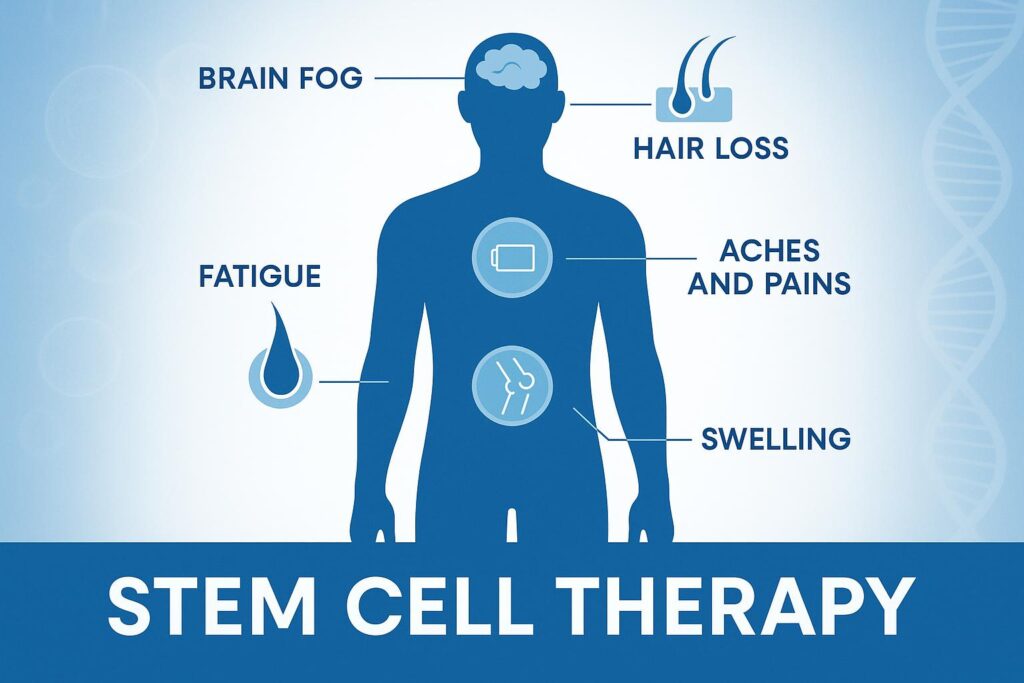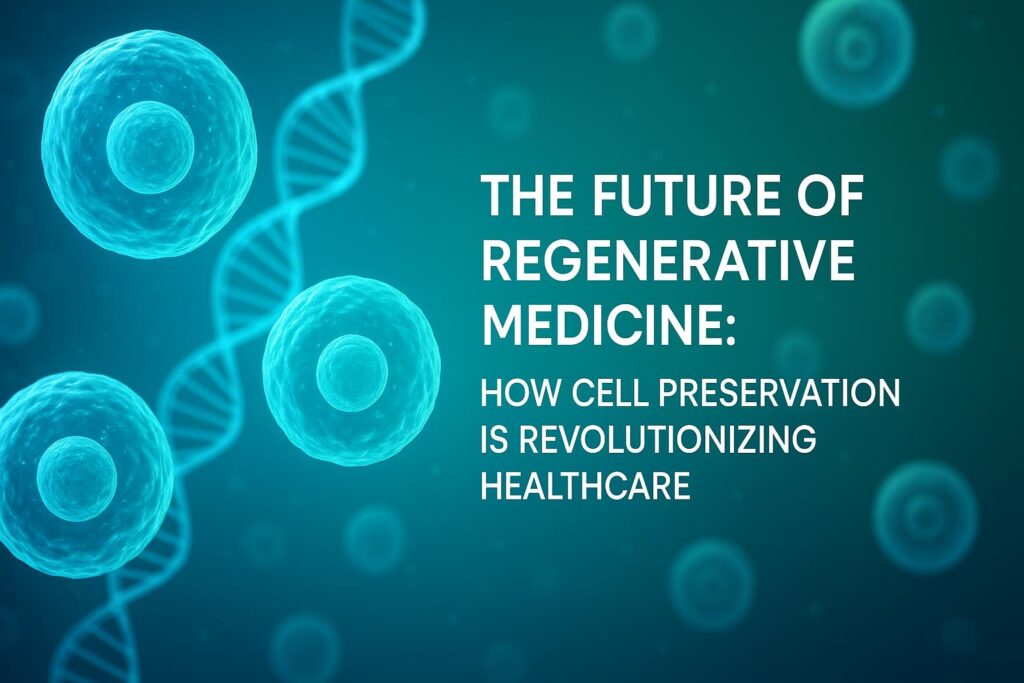Welcome, dear readers! We’re about to embark on a journey into the world of stem cells, specifically dental pulp stem cells, and their promising prospects in the field of dentistry. Now, you might be wondering, “What are stem cells, and why are they so important?” Well, imagine you’re a master sculptor, and stem cells are your clay. Just as you can mold clay into any form you desire, stem cells have the potential to become any type of cell in the body. They’re like the jacks-of-all-trades in the cellular world, ready to step up and become whatever type of cell is needed.
In the vast universe of stem cells, we find a special group known as dental pulp stem cells. Picture a bustling city, that’s your tooth. Now, imagine a hidden treasure trove right in the heart of that city, that’s the dental pulp – a soft, living tissue inside your teeth. This pulp is a rich source of stem cells, specifically dental pulp stem cells.
These stem cells are a type of mesenchymal stem cell, which are like the superheroes of the stem cell world. They have unique abilities that make them perfect for regenerative medicine, a field that’s all about repairing, replacing, or regenerating cells, tissues, or organs. It’s like having a construction crew on standby, ready to repair any damage.
The use of dental pulp stem cells in dentistry is an exciting and emerging area of research. It’s like we’ve discovered a new tool in our toolbox, and we’re just beginning to understand all the ways we can use it.
So, buckle up and join us as we delve into the world of dental pulp stem cells and their potential in dentistry. We’ll explore what these cells are, how they’re currently being used, and what the future might hold for this innovative field. Whether you’re a seasoned dental professional or just someone interested in alternative dental therapies, we’re sure you’ll find this journey as fascinating as we do.
What are Dental Pulp Stem Cells?
Imagine you’re an explorer, and you’ve just discovered a new land. That’s how scientists felt when they first identified dental pulp stem cells. These cells are a type of adult stem cell, which means they’re like the grown-ups of the stem cell world. Unlike embryonic stem cells, which are like newborns with the potential to become any type of cell, adult stem cells are a bit more specialized. They’re like college students who have chosen a major but can still decide on a few different careers.
Dental pulp stem cells are found in the pulp tissue, the soft, living part of the tooth that’s hidden away beneath the hard enamel and dentin. It’s like a secret garden nestled in the heart of a bustling city. This pulp tissue is not just a space filler; it’s a vital part of the tooth, housing blood vessels, nerves, and of course, our star of the show – dental pulp stem cells.
Now, you might be wondering, “How do we get these cells?” Well, dental pulp stem cells can be harvested from teeth, specifically from the pulp of extracted wisdom teeth or human exfoliated deciduous teeth, which is a fancy term for baby teeth. It’s like finding a diamond in the rough. Once these teeth are removed, the dental pulp stem cells can be isolated and stored for future use, a process known as stem cell banking.
These cells are a type of mesenchymal stem cell, which are like the Swiss army knives of the stem cell world. They have the ability to differentiate, or transform, into several different types of cells, including bone, cartilage, and fat cells. It’s like having a multi-talented actor who can play a variety of roles.
But what makes dental pulp stem cells truly special is their potential for regeneration. They’re like a phoenix, able to rise from the ashes and create new tissues. This makes them a valuable tool in regenerative medicine, especially in the field of dentistry.
In the next section, we’ll delve into the current applications of dental pulp stem cells in dentistry. So, stay tuned as we continue our exploration of these remarkable cells and their potential to revolutionize dental care.
Current Applications of Dental Pulp Stem Cells in Dentistry
Imagine you’re a chef with a new ingredient. You’re excited about the possibilities it brings to your culinary creations. That’s how we feel about dental pulp stem cells in dentistry. These cells have opened up a world of possibilities, and we’re just beginning to scratch the surface.
One of the most exciting applications of dental pulp stem cells is in the field of pulp regeneration. Think of it like a garden that’s been damaged by a storm. The dental pulp stem cells act like the gardener, repairing the damage and helping new plants to grow. This has the potential to treat conditions like pulpitis, where the dental pulp becomes inflamed, or even to regenerate a whole tooth!
Another promising application of dental pulp stem cells is in periodontal disease, a common condition that affects the gums and bones that support the teeth. It’s like a house with a damaged foundation. The dental pulp stem cells could potentially repair this foundation, restoring the health of the gums and bones.
Dental pulp stem cells could also be used in dental implants. Imagine you’re building a house on a new plot of land. The dental implant is like the house, and the dental pulp stem cells could help to prepare the land, ensuring it’s ready to support the new structure.
These are just a few examples of how dental pulp stem cells are currently being used in dentistry. It’s like we’ve been given a new tool, and we’re still discovering all the ways we can use it.
However, it’s important to note that while the potential of dental pulp stem cells is exciting, these treatments are still in the early stages of research and clinical application. It’s like we’ve discovered a new land, and we’re still mapping out the terrain.
In the next section, we’ll look to the future and explore the potential applications of dental pulp stem cells in dentistry. So, stay with us as we continue our journey into this exciting new frontier.
Future Prospects of Dental Pulp Stem Cells in Dentistry

Imagine you’re a pioneer, standing on the edge of a vast, unexplored territory. That’s where we are with dental pulp stem cells in dentistry. We’ve seen some of the exciting applications of these cells, but there’s still so much potential waiting to be discovered.
One of the most promising future applications of dental pulp stem cells is in the field of regenerative medicine. Think of it like a construction crew that can repair and rebuild damaged structures. These cells could potentially be used to regenerate not just dental tissues, but also other tissues in the body. It’s like having a magic wand that can repair damage and restore health.
Another exciting prospect is the use of dental pulp stem cells in personalized medicine. Imagine you’re a tailor, making a suit that fits one person perfectly. That’s the goal of personalized medicine – to provide treatments that are tailored to the individual patient. Dental pulp stem cells, with their ability to differentiate into various cell types, could play a key role in this.
There’s also potential for dental pulp stem cells to be used in drug testing. It’s like having a test dummy that can mimic human responses to drugs, providing valuable information about their safety and effectiveness.
However, like any new frontier, there are challenges to overcome. We need to learn more about how to control the differentiation of dental pulp stem cells, how to ensure their safety and effectiveness, and how to make these treatments accessible and affordable.
But despite these challenges, the future of dental pulp stem cells in dentistry looks bright. It’s like we’re standing at the dawn of a new day, and we can’t wait to see what the light will reveal.
In the next section, we’ll compare dental pulp stem cell therapy with traditional dental treatments. So, stay with us as we continue our exploration of this exciting new field.
Comparing Dental Pulp Stem Cells Therapy with Traditional Dental Treatments
Imagine you’re at a crossroads, with two paths stretching out before you. One path is familiar, well-trodden. That’s traditional dental treatments. The other path is new, less traveled, but full of potential. That’s dental pulp stem cell therapy.
Traditional dental treatments, like fillings, root canals, and dental implants, have been around for a long time. They’re like the classic recipes in a chef’s cookbook, tried and true. These treatments are effective and reliable, but they have their limitations. They’re like a patch on a worn-out pair of jeans, fixing the problem but not restoring the jeans to their original condition.
On the other hand, dental pulp stem cell therapy is like a brand-new pair of jeans. It has the potential to not just fix problems, but to regenerate tissues and restore them to their original, healthy state. It’s like having a magic wand that can turn back time and undo damage.
However, dental pulp stem cell therapy is still in its early stages. It’s like a new recipe that’s still being tested and tweaked. We’re still learning about the safety and effectiveness of these treatments, and there are challenges to overcome, like ensuring the controlled differentiation of the stem cells and making these treatments accessible and affordable.
But despite these challenges, the potential of dental pulp stem cell therapy is exciting. It’s like a new tool in our toolbox, and we’re just beginning to understand all the ways we can use it.
FAQ
Q: What are dental pulp stem cells?
A: Dental pulp stem cells are a type of adult stem cells located within the dental pulp of teeth. They have the ability to differentiate into various cell types and have the potential for regenerative medicine applications.
Q: How are dental pulp stem cells derived?
A: Dental pulp stem cells can be obtained from extracted teeth or discarded dental pulp tissue. The dental pulp tissue is collected, processed, and cultured in a laboratory setting to isolate and expand the dental pulp stem cells.
Q: What is the significance of dental pulp stem cells in dentistry?
A: Dental pulp stem cells have emerged as a promising tool in dentistry due to their regenerative potential. They can differentiate into various dental tissues, such as dentin, cementum, and dental pulp, making them useful for dental tissue repair and regeneration.
Q: Are dental pulp stem cells the only type of dental stem cells?
A: No, there are other types of dental stem cells as well, including stem cells derived from the dental follicle, periodontal ligament stem cells, and stem cells from human exfoliated deciduous teeth (SHED). Each type of dental stem cell has its own unique characteristics and potential applications in regenerative medicine.
Q: What is the difference between dental pulp stem cells and bone marrow-derived mesenchymal stem cells?
A: Dental pulp stem cells and bone marrow-derived mesenchymal stem cells are both types of adult stem cells with regenerative potential. The main difference lies in their tissue source. Dental pulp stem cells are derived from dental pulp tissue, while bone marrow-derived mesenchymal stem cells are obtained from the bone marrow.
Q: What are the potential applications of dental pulp stem cells in regenerative medicine?
A: Dental pulp stem cells have shown promise in various regenerative therapies, including dental tissue regeneration, bone repair, and even nerve regeneration. They offer a potential alternative to traditional treatments and have the ability to promote tissue regeneration and healing.
Q: Can dental pulp stem cells differentiate into other cell types besides dental tissues?
A: Yes, dental pulp stem cells have the ability to differentiate into cell types other than dental tissues. They have been found to have the potential to differentiate into adipocytes, chondrocytes, osteoblasts, and even neuronal cells, making them a versatile cell source for regenerative medicine.
Q: How are dental pulp stem cells different from pluripotent stem cells?
A: Dental pulp stem cells are considered adult stem cells, meaning they are already partially differentiated and have a limited differentiation potential. Pluripotent stem cells, on the other hand, are undifferentiated cells that have the ability to differentiate into any cell type in the body.
Q: Can dental pulp stem cells be stored for future use?
A: Yes, dental pulp stem cells can be stored for future use through a process called cell banking. The dental pulp cells are collected, processed, and cryogenically preserved, allowing them to be stored for an extended period of time. This ensures that the cells are readily available for potential regenerative medicine treatments.
Q: What is the current research on dental pulp stem cells focused on?
A: Current research on dental pulp stem cells is focused on various aspects, including optimizing the isolation and expansion techniques, understanding their potential for dental tissue regeneration and repair, exploring their therapeutic potential in other areas of medicine, such as neurodegenerative disorders, and investigating their interaction with biomaterials for enhanced tissue regeneration.
Conclusion
Imagine you’ve just finished a thrilling book, and you’re sitting back, reflecting on the journey you’ve just been on. That’s where we are with our exploration of dental pulp stem cells and their potential in dentistry. We’ve delved into what these cells are, how they’re currently being used, and what the future might hold.
We’ve discovered that dental pulp stem cells, these hidden gems in our teeth, have the potential to revolutionize dentistry. They’re like a magic key that can unlock new treatments, from regenerating dental tissues to personalizing medicine to testing drugs.
We’ve also learned that while dental pulp stem cell therapy is still in its early stages, the future looks bright. It’s like we’re standing on the edge of a new frontier, and we can’t wait to see what discoveries lie ahead.
However, like any new frontier, there are challenges to overcome. We need to learn more about these cells, how to control their differentiation, how to ensure their safety and effectiveness, and how to make these treatments accessible and affordable. But these challenges are not roadblocks, they’re stepping stones on the path to progress.
So, whether you’re a seasoned dental professional or just someone interested in alternative dental therapies, we hope you’ve found this journey as fascinating as we have. We encourage you to continue learning and staying informed about dental pulp stem cells and other alternative dental therapies. After all, knowledge is power, and the more we know, the better we can care for our health.
Thank you for joining us on this journey into the world of dental pulp stem cells. We look forward to exploring more exciting topics with you in the future. Until then, keep smiling!


